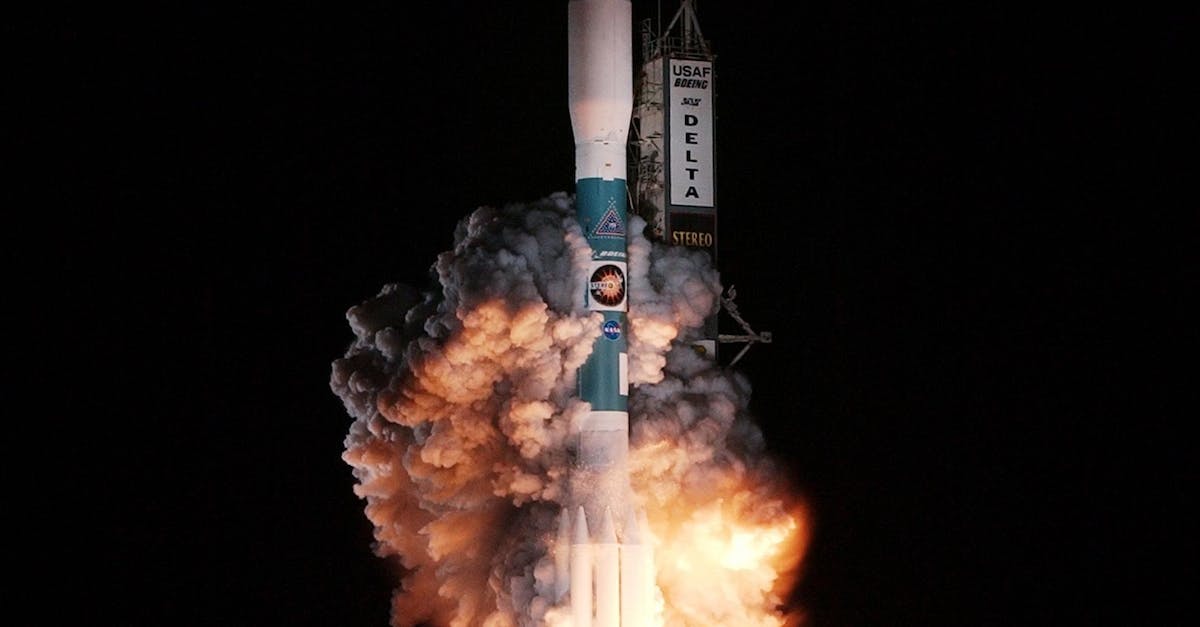In recent space exploration news, NASA’s OSIRIS-REx spacecraft has set its sights on a new mission after successfully obtaining a sample from the ancient asteroid Bennu. Launched in 2016, it took OSIRIS-REx two years to reach Bennu and another three to bring the sample back to Earth. Now, with the spacecraft still in good working condition, it will be repurposed for a new mission, targeting the potentially dangerous asteroid Apophis. Appropriately renamed OSIRIS-APEX, the spacecraft will attempt to gather data to strengthen our understanding of the solar system while utilizing the technology and expertise gained from the Bennu mission.
Apophis: The “God of Chaos”
Known as the “God of Chaos,” the Apophis asteroid has captured the attention of scientists due to its potential to come dangerously close to Earth. Though initial projections suggested a collision with Earth in 2029, further analysis showed that Apophis would only make a close approach. Despite the initial alarm, Apophis offers astronomers a rare opportunity to closely study the asteroid’s composition and trajectory. As there is no immediate threat to our planet, scientists continue to closely monitor it in order to better understand near-Earth objects and identify potential future risks.
Preparing OSIRIS-APEX for the Mission
While awaiting its rendezvous with Apophis in 2029, OSIRIS-APEX will orbit the Earth, gathering crucial data about the asteroid’s size, composition, and path. This information will enhance our knowledge of near-Earth objects and help develop strategies for planetary defense from potential impact risks.
NASA Senior Scientist Amy Simon underscored that the mission aims to carry out a similar investigation to Bennu’s, which entails mapping the asteroid’s surface and searching for signs of tidal disruption due to its approaching proximity to Earth. The objective is to understand the asteroid’s composition and structural integrity, which could be vital in determining how to deflect or mitigate potential future threats from celestial bodies.
The Importance of Apophis Research
Scientists hope to broaden their understanding of the formation and evolution of our solar system through the Apophis research. Furthermore, the data gathered from this mission may lead to advancements in asteroid mining and our understanding of the process in which the solar system sprang forth.
Just as with Bennu, Simon aims to study Apophis’s composition in hopes of gathering useful information related to the early Solar System as a whole. Similarities found between Bennu and Apophis, such as the presence of hydrated or carbon minerals, can support theories about the existence of water and life’s building blocks on other celestial bodies.
Sample Collection and Preservation
The samples collected from Bennu, which consist of around 200 grams of rocks, will be stored at the Johnson Space Flight Center in Houston, Texas, and are expected to arrive by 2023. By analyzing these samples, researchers will gain insights into the formation and evolution of our solar system and may even shed light on the origins of life on Earth.
Collaboration: A Path to Innovation
Scientists from around the globe will also have access to these samples for further research. By promoting international collaboration and knowledge sharing, the scientific community hopes to speed up the pace of innovation and tackle the pressing issues facing humanity.
As OSIRIS-APEX prepares to embark on its new mission, the world eagerly anticipates the valuable information that the spacecraft is expected to gather. This data will not only deepen our understanding of the solar system and Apophis’s potential threat but may also lead to advancements in planetary defense and resource exploration. With the growing interest in space missions, the success of the Apophis mission could pave the way for pioneering discoveries and technological leaps in the future.
FAQs: OSIRIS-REx, Bennu, and a New Mission
What was the original mission of OSIRIS-REx?
OSIRIS-REx was initially launched to obtain a sample from the ancient asteroid Bennu, which it successfully accomplished. The spacecraft took two years to reach Bennu and another three years to return the sample to Earth.
What is OSIRIS-REx’s new mission?
After collecting a sample from Bennu, OSIRIS-REx was repurposed for a new mission targeting the potentially dangerous asteroid Apophis. Renamed OSIRIS-APEX, the spacecraft will gather data to further our understanding of the solar system while utilizing the knowledge and technology gained from the Bennu mission.
Why is the Apophis asteroid important to study?
Apophis, known as the “God of Chaos,” is an asteroid that was initially thought to pose a collision risk with Earth in 2029. Studying Apophis will provide valuable data on its composition and trajectory, which will help us understand near-Earth objects and identify potential future threats to our planet.
How is OSIRIS-APEX preparing for its mission to Apophis?
While awaiting its 2029 rendezvous with Apophis, OSIRIS-APEX will orbit the Earth and gather data about the asteroid’s size, composition, and path. This information will increase our knowledge about near-Earth objects and help develop strategies for planetary defense against potential impact risks.
What is the significance of the Apophis research?
Studying Apophis will help scientists broaden their understanding of the formation and evolution of our solar system. Additionally, the data collected from this mission may lead to advancements in asteroid mining and our knowledge of the process by which the solar system emerged.
Where will the samples from Bennu be stored and analyzed?
The samples collected from Bennu, which consist of around 200 grams of rocks, will be stored at the Johnson Space Flight Center in Houston, Texas, and are expected to arrive by 2023. Researchers will analyze the samples to gain insights into the formation and evolution of our solar system and potentially shed light on the origins of life on Earth.
Will other scientists have access to the Bennu samples?
Yes, scientists from around the globe will have access to the Bennu samples for further research. By fostering international collaboration and knowledge sharing, the scientific community hopes to accelerate innovation and address pressing issues facing humanity.
First Reported on: kxan.com
Featured Image Credit: Photo by Pixabay; Pexels; Thank you!













